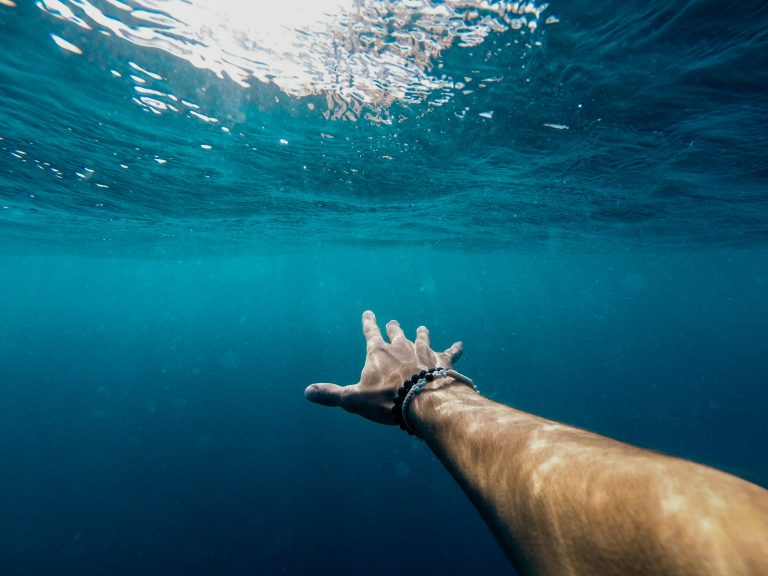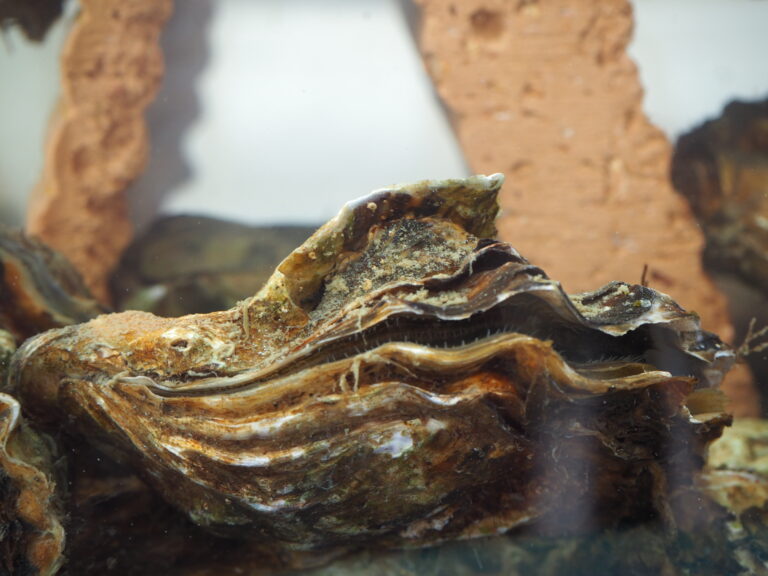
Oyster Reef Restoration as a Sustainable Solution to Mitigate CO2 Emissions from Marine Dredging
Marine dredging, the process of removing sediment from the ocean floor, is a common practice that causes significant carbon dioxide (CO2) emissions, contributing to the global climate crisis.
In some cases, marine dredging may be necessary, for example, for maintaining and deepening navigation channels and harbours, or to protect shorelines from erosion caused by waves, currents, and storms.










